A swimming pool is a welcome addition and worthy investment for many homeowners. Therefore, an understanding of how to take care of a swimming pool properly is important to the enjoyment and longevity of your pool. From checking calcium hardness levels and alkalinity levels to pH levels, you need to understand the ideal range and how to test your pool's chemical levels. So, how do you test the chemical balance of your pool?
Pool Chemical Balance: Balancing Cyanuric Acid, pH Level, and Calcium Hardness to Keep Your Pool Clean & Prevent Algae Growth
There are a variety of pool chemicals designed to address your pool chemical balance for a clean and sparkling pool. Pool shock products, such as calcium hypochlorite (cal hypo), are commonly used sanitisers that rapidly increase free chlorine levels to disinfect pool water. Water balancers are used to adjust key elements of water chemistry, including chlorine levels, pH, calcium hardness and total alkalinity. Oxidisers work alongside sanitisers to break down organic contaminants. There are other chemicals available for additional protection, whether it's shielding chlorine from UV damage or removing stains.
Balancing Your Pool: Test Strips and Testing Kits
There are several options when it comes to testing your water chemistry. Pool test strips are the quickest and easiest option, giving you a snapshot of your pool’s chemical balance in a matter of seconds.
To test your pool water, you need to simply hold the strip underwater for a few seconds and wait for the strip to develop before you compare it to the manufacturer's colour chart. The colour chart will tell you whether you have low pH or high pH, low cyanuric acid or an issue with your chlorine levels. A standard strip measures parameters like chlorine levels, pH and Total Alkalinity, but there are test strips that allow you to test for additional substances, like salt or phosphates.
To take the guesswork out of interpreting strip colours, new pool care app Loopym makes this process even easier. The Loopym app reads your test strip results for you. All you need to do is take a photo of your pool test strip with your smartphone and let the app tell you exactly what your pool needs. No manual colour matching, no confusion and no second-guessing.
Using a pool testing kit is a multi-step process that requires precision and close attention to detail. A standard kit measures levels like pH, chlorine and alkalinity, but only after you collect a proper water sample, add the right reagent and follow a very specific sequence of steps which can vary significantly between kit brands.
Even the fill level of the test vial can impact accuracy and the slightest mistake can throw off your results. Interpreting the color change involves comparing the mixture to a printed colour chart, which can be subjective and hard to read under different lighting conditions.
If you’re considering a digital tester, that comes with its own set of complexities. These devices often connect to smartphones or tablets, but the data they provide depends entirely on the model. Some give you just the basics, while others display a confusing array of chemical readings and you'll need to study the manual closely to make sense of it all.
Your method of testing is entirely up to you and whatever you prefer, but many pool owners prefer the simplicity of test strips with clear, actionable steps provided by innovative apps such as Loopym. It is recommended to use these simple methods to test your pool routinely at home, in addition to obtaining a comprehensive pool water test from your local pool shop at regular intervals throughout the year (once a month or once every season - as recommended by your pool supplier).

Keeping Your Pool Clean: Pool Chemicals and Cloudy Water
With your results in hand, what do the different levels in your swimming pool water mean?
Total alkalinity levels act as a buffer for pH, helping to keep it stable. If your alkalinity is too low, your water can become acidic - potentially causing damage to your pool and equipment, as well as causing irritation to swimmers. If it’s too high, the water can turn cloudy and lead to scale formation or reduced chlorine effectiveness. The ideal range for total alkalinity is between 80 ppm (Parts Per Million) and 150 ppm, depending on your pool type and chlorine system. You should also regularly monitor the pH levels of your pool, with an ideal range between 7.2 and 7.8.
Chlorine is essential in maintaining a sanitary, hygienic environment for safe swimming. The ideal chlorine level is between 1ppm and 3ppm for swimming pools, and for spas it’s between 2ppm and 3ppm. If your chlorine is too low, you risk bacterial growth; too high, and it can lead to eye or skin irritation. Ensuring your chemicals are properly balanced is key to maintaining a healthy water chemistry to extend the lifespan of your pool, and ensure pool water is clean and safe for your family and friends to enjoy.
Keeping a Clean Pool: Swimming Pool Chemical Balance
The key to maintaining clean, healthy pool water is preparation. While regular testing is essential, it’s just as important to keep a well-stocked supply of pool chemicals on hand to correct issues quickly. Although not every product - such as stain removers - need to be kept on hand, core sanitising and balancing chemicals should always be available. Ensure your pool chemicals are stored correctly in your pool equipment room, they should be stored in a well-ventilated area away from direct sunlight and excessive heat, as well as clearly labelled and securely sealed. If there's a spill or leak, take care to clean it up quickly and efficiently and dispose of the damaged container.
Your stock of pool chemicals can include:
- Algaecide: Used to prevent algae growth.
- Alkalinity Increaser: Used to correct low alkalinity. Maintaining proper alkalinity is key to keeping the pool's pH level balanced.
- Calcium Hardness Increaser: Used when calcium hardness is below 150 ppm.
- Calcium Reducer: Used if calcium hardness levels are too high.
-
pH Adjusters: Options for adjusting pH levels include:
- Muriatic (hydrochloric) acid
- Sodium carbonate
- Sodium bisulfate
- Chlorine Neutraliser: Acts as a chlorine stabiliser to manage chlorine issues.
- Phosphate Removers: Help prevent algae growth by eliminating their food source (phosphates).
- Pool Shock Chemicals: Used to clean and sanitise the pool.
- Tile or Vinyl Cleaners: Help maintain the pool’s appearance.
- Filter Cleaner: Removes obstructions in the pool filter to ensure optimal performance.
Alternatively, you can use a salt chlorine generator and testing your salt water pool chemical balance is just the same as the process outlined above.
You can easily maintain and monitor your pool's health with the Loopym app. Loopym’s smart inventory allows you to keep track of the chemicals you have on hand and provide alerts for when stock levels are running low, so you can simply order more with just one tap for fast delivery straight to your door.

So, how often should you be testing the chemical balance of your pool? At least once a week, but if it's peak swimming season and your family has spent every day in the pool, you may want to carry out tests several times a week to be sure.
At Loopym, we stock a range of the biggest brands in pool & spa chemical solutions for every eventuality. Download the Loopym app and take the guesswork out of maintaining your pool’s chemical balance.




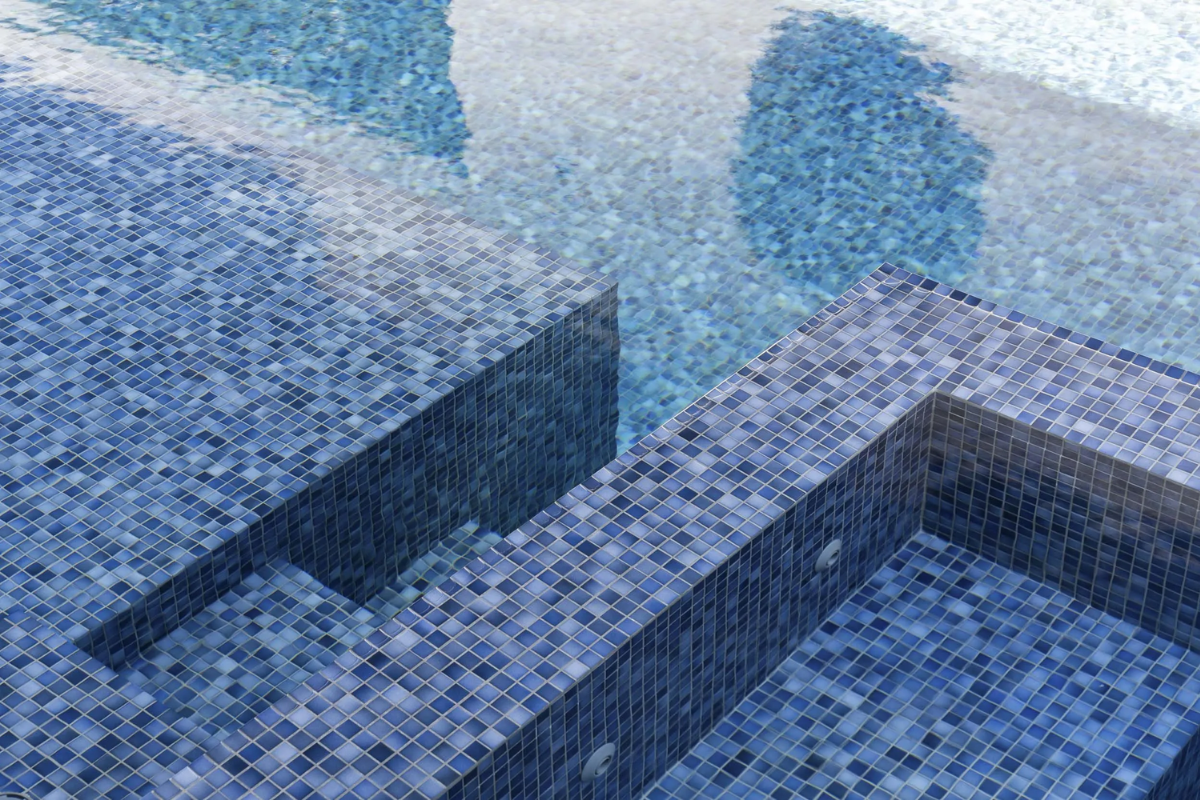
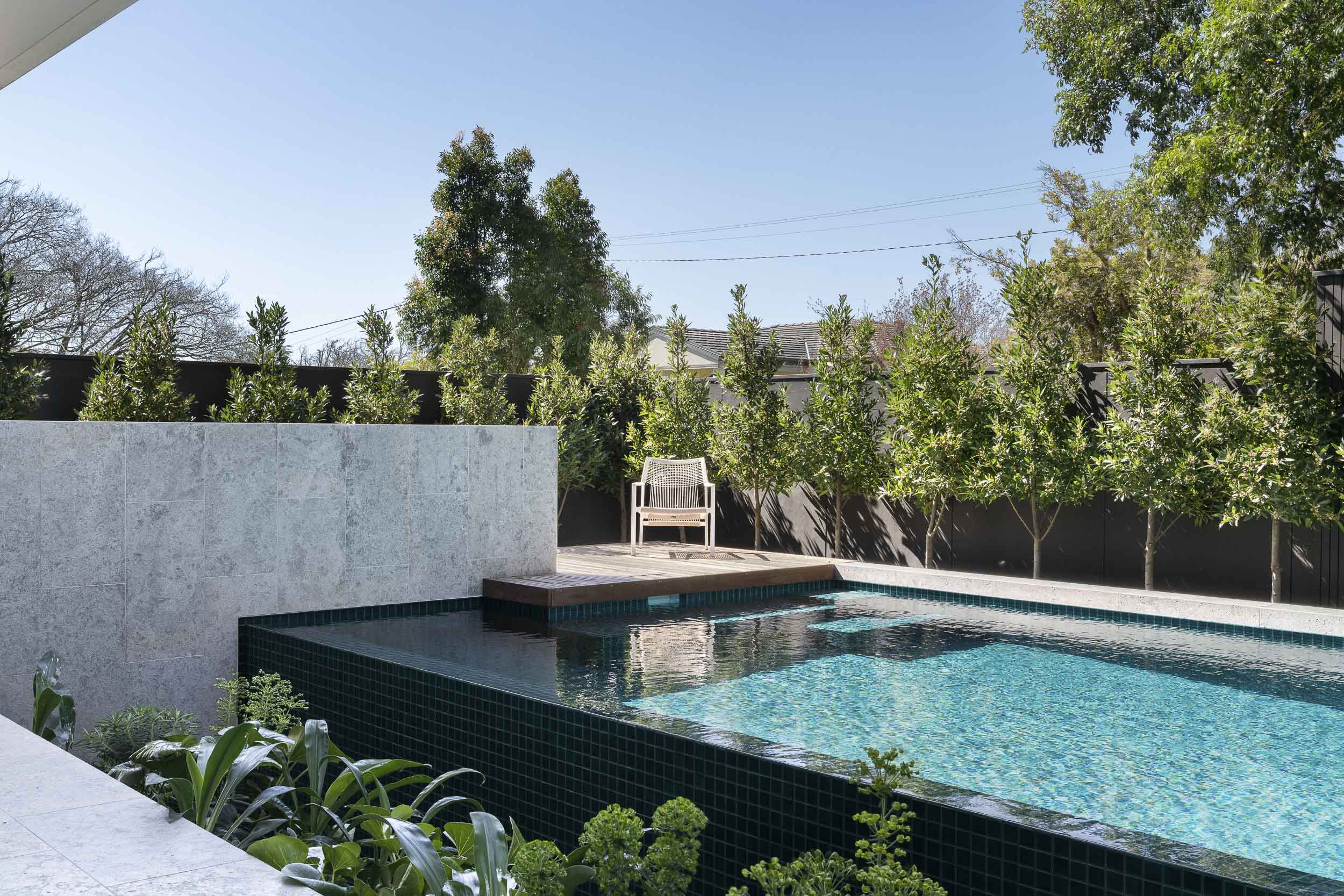
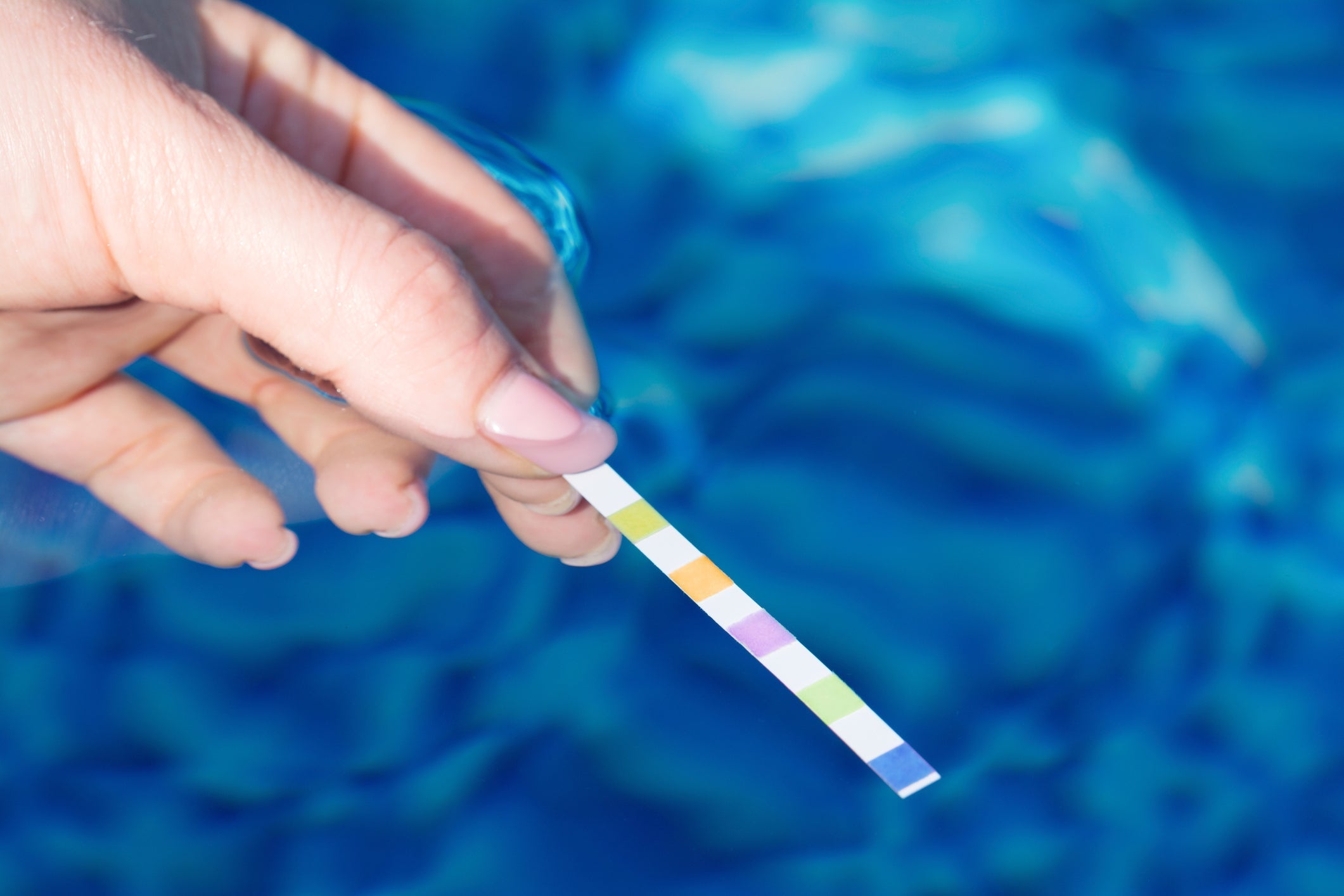
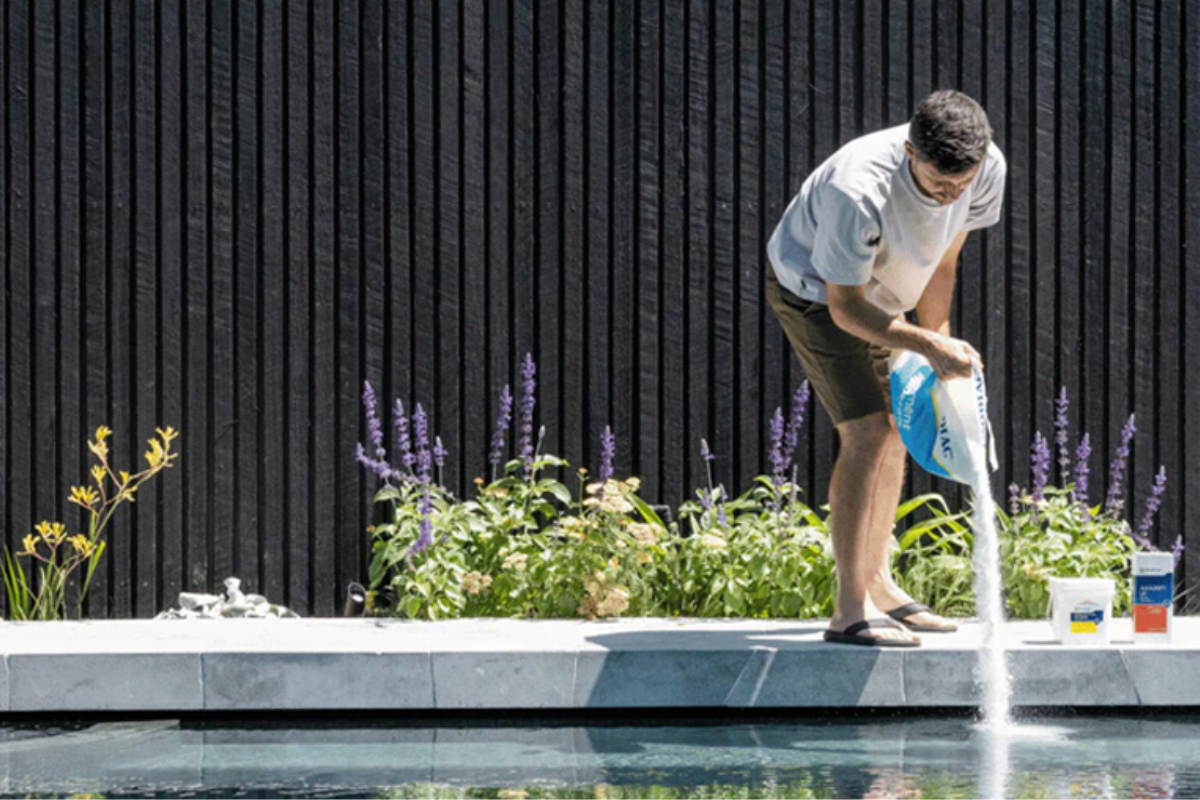
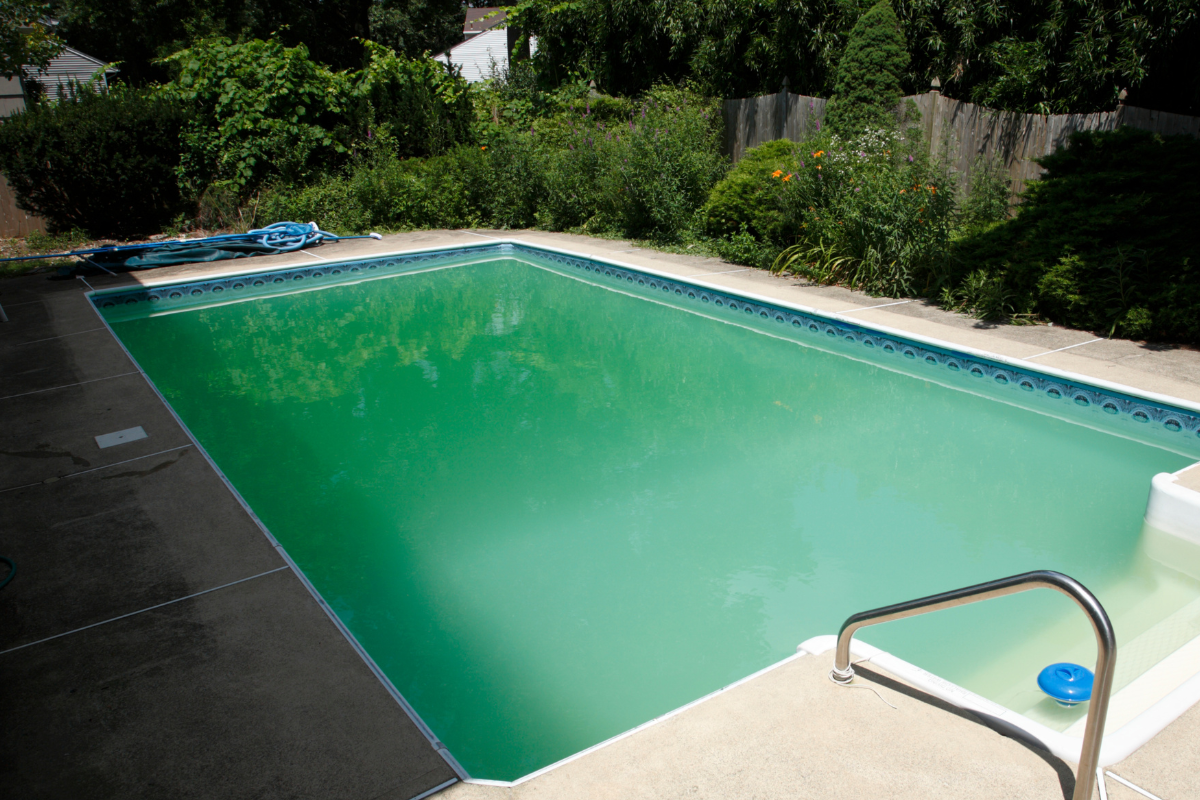
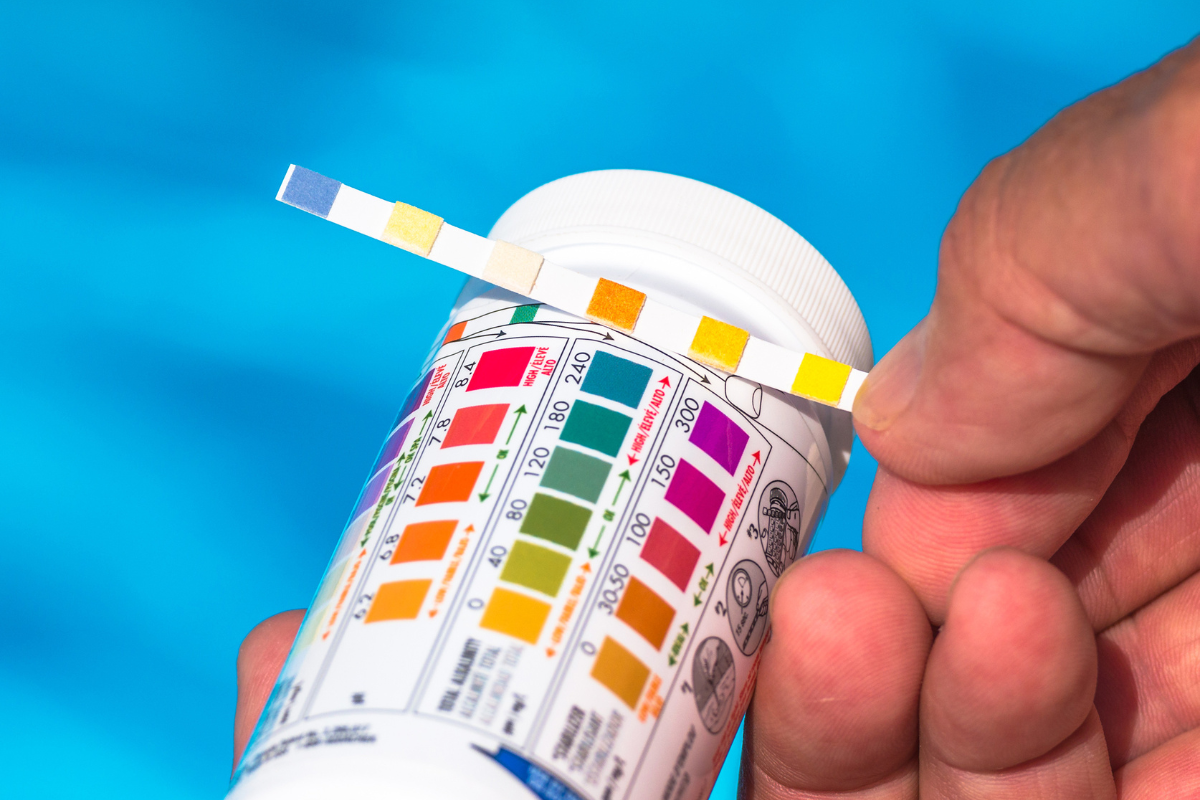
Share:
How To Fix a Green Pool Fast (Step-By-Step Guide)
Pool Issues: How to Fix Chemical Imbalances?